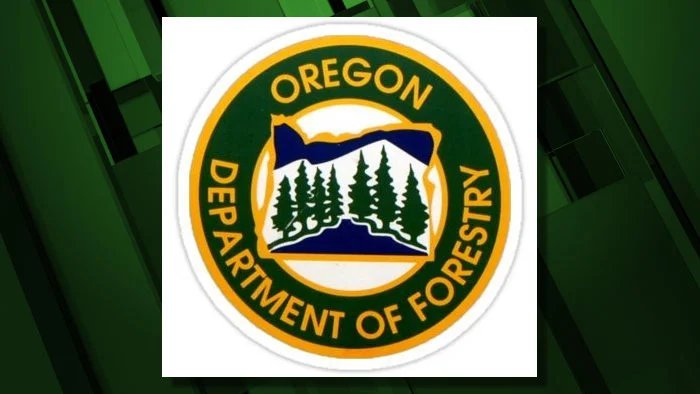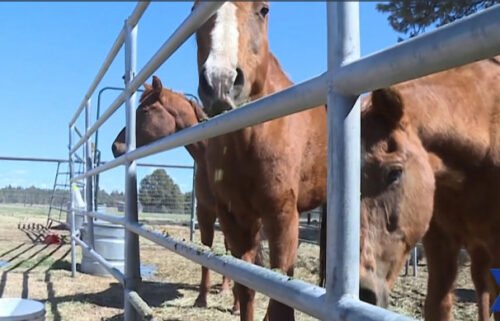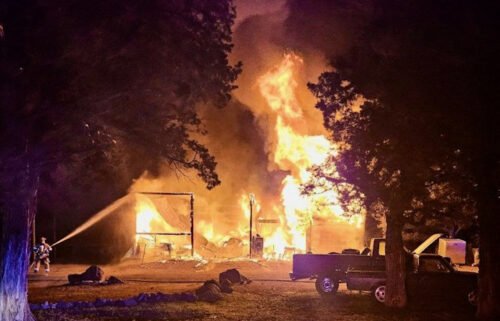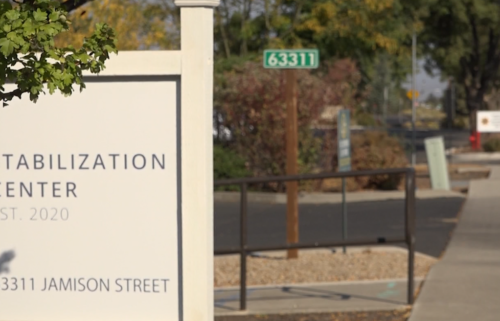Widespread rain, snow and cooler temperatures bring end to ODF’s fire season as of Saturday

Nearly 2,000 fires have burned nearly 437,000 acres across all jurisdictions
SALEM, Ore. (KTVZ) – With widespread rain and cooler temperatures across the state, all Oregon Department of Forestry districts will be out of fire season as of Saturday, ending the 2022 fire season.
The start and end of fire season are set by each fire protection district, based on the conditions in their area. The arrival of steady, soaking rain coupled with cooler temperatures and shorter day lengths usually triggers the closure of fire season.
The end of fire season removes restrictions on ODF-protected lands intended to prevent wildfire, such as on backyard debris burning and use of certain equipment. Many structural fire departments in Oregon, however, still require a permit for debris burning, so check with your local fire department before starting a burn.
Year to date, there have been 844 fires on ODF-protected lands, which resulted in 34,105 acres burned and 96 percent of fires put out at 10 acres or less. The department deployed incident management teams (IMTs) to three fires this year: the Rum Creek Fire in Southwest Oregon District, the Van Meter Fire in Klamath-Lake District, and the Nakia Creek Fire in Washington. Statewide to date, regardless of jurisdiction, there have been 1,975 fires that have burned 436,772 acres.
“We were fortunate this year to have adequate resources to respond to fires in our jurisdiction while also being able to send resources to our partner agencies to help in their firefighting efforts,” said ODF Fire Protection Division Deputy Chief Ron Graham. “We share in the success of the 2022 fire season with Oregon’s complete and coordinated fire protection system, including forest and range landowners, local fire districts, tribes, contractors, federal, state and county partners.”
The successes of the 2022 fire season are in part due to the early detection systems that the department has in place and from Oregonians’ continued commitment to wildfire prevention. The department saw a significant decrease in human-caused fires this year with 1,918 acres burned on ODF-protected lands, compared to the 10-year average of 68,479 acres burned from human-caused fires.
The Oregon Department of Forestry uses several early detection methods within the districts. The two main methods are the camera detection system and the multi-mission aircraft (MMA). With 219 lightning-caused fires this year, the department used its camera detection system and multi-mission aircraft to quickly spot and dispatch crews to new fires.
The MMA has state-of-the-art thermal cameras that overlay that information through an augmented-reality mapping system. The system shows where the fire is burning, what kind of terrain it is in, and other tidbits that are helpful in sizing up an incident.
The power of augmented reality is that it accurately places man-made locations, (like roads, fire lines, structure locations, streams, lightning strike locations, etc.) to create a kind of “super-view” that contains all the information and gives a realistic picture of what is happening on the fire. Dispatch centers can use that detailed information to quickly send the best resources to attack the particular fire.
In its third season this year, the MMA detected 56 fires after large lightning storms in remote areas. Additionally, the MMA did four mapping missions on existing fires to support ground crew operations.
The ODF camera detection system uses 86 cameras that are strategically placed across 64 sites in ODF districts and cover thousands of forested acres. Successes from the system show in places like the Southwest Oregon district where, this year, staff initially detected 57 fires out of 250. This means that they detected the fire via the camera before it was reported through outlets like 911 calls.
As Oregon transitions out of fire season, ODF districts across the state are shifting their attention to wildfire prevention efforts. Clearing vegetation, creating defensible space around homes, and safely burning debris piles are just a few ways ODF is working with local landowners, members of the public and fellow fire response agencies to mitigate wildfire risk.
“With the beginning of cool, rainy fall weather, it is important to note conditions can change quickly,” Graham said. “Human-caused fire starts tend to increase in number around this time. People are anxious to burn backyard debris piles and can get complacent with fire safety. We are grateful for the help of every Oregonian working together to prevent wildfires year-round.”
For more tips on how to keep yourself, your loved ones and your property safe from wildfire at any time of year, visit ODF’s Fire Prevention webpage at www.oregon.gov/ODF/Fire/pages/FirePrevention.aspx or go to the Keep Oregon Green website at www.KeepOregonGreen.org.



